The advantages of competency-based models are:
- Excellence in Performance Management:
Standardizing the development criteria makes it easy to bring coherence and structure to the performance management function.
- Unification of Corporate Culture with Business Units:
Some of the best companies manage this, utilizing culture to unify employees in decentralized corporate environments.
- Identifying Training Needs & Employee Development:
These are easier to identify with competency models, enabling the development of comprehensive learning plans that encompass broad perspectives across learning platforms outside traditional norms.
- Augmentation of Recruiting Process:
It helps create a more robust hiring process, matching candidates to opportunities based on data-driven analytics. This would lead to improved consistency in talent selection and the recruitment process.
- Improvement of Employee Development:
It links development activities to corporate goals, serves as development targets in terms of succession planning, and the organization of talent areas of development and strength.
A competency-based model identifies what it takes for an individual to evolve into a solid contributor at a workplace. This would translate to enhanced learning, snowballing into performance on par with the desired competence for organizational or career success.
Competency Scores Based on Performance
Why would organizations reassess the present scenario for newer technologies in psychometric science, test technology, or competency-based models? Return on Investments can be best assessed by correlating competency scores to on-the-job performance.
The Model of Effective Job Performance specifies that effective action that translates to performance occurs when three critical competencies – job demand-based, individual-based, and organizational environment-based – are most consistent. Inconsistencies in one or more competencies concerning the other simply break down to ineffective behavior or inaction.
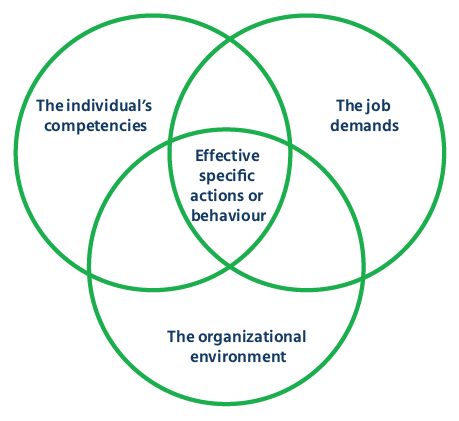
As per this model, individual competencies reflect what an individual brings to the workplace compared to the job’s responsibilities. Conversely, these responsibilities represent the demand side of the competencies. And of course, effective action is possible with consistent alignment to the organizational environment – policies, conditions, and procedures.
Within the walls of this delicate cross-section, an individual fully contributes to an organization, signaling effective action. At the same time, it’s important to understand that competency scores are approximations and nothing definitive, best taken with a grain of salt.
Here’s a table that can probably explain what that implies:

It’s an easy way to summarize data, but consider not to take this format too seriously. Now, for Shreya scoring a 4 – the highest total – doesn’t necessarily make her a better choice than Shubham despite a lower total score of 3. This is marked by her failure on a required and essential competency. The same can be said of the comparison between Deepesh and Shubham, with identical holding scores of 3, but only the latter meeting all required competencies.
The scaling uses three segments to dissect candidates or employees based on a combination of test results, tactical exercises, and interaction. It could be used in the event of a job interview to filter high potential candidates from the rest of the crop, gap analysis to make an employee with low scores on certain competencies improve, and even appraise performance.
Challenges in Using the Competency-Based Model
Given all the information and everything that’s been said, there is no denying that competency models hold their place legitimately in human resource practices. And the basis of psychometric research makes it more reliable. Still, the models themselves cannot become the sole solution for every hiring, selection decision, education, appraisal, training needs, or other managerial functions.
In actuality, framing competencies as an outcome to most decisions ignores the personal or mental processes utilized in developing and exhibiting skills. What does this mean? Various things that might include idiosyncratic competencies contributing to individual performance or the organization’s overall competitiveness.
These competencies hold a high chance of being overlooked against decisions that rely entirely on competencies within the model devised alone. For example, several researchers argue that it is unwise to select staff that solely fit the competency model over-relying on developmental resources that facilitate acquiring missed competencies where a gap exists.
However, despite the shortcomings, a competency model scientifically augments the decision-making process in an organization pushing toward improved success.
For gaps in competency acquisition, learning, and development are options to help acquire the desired behavior, skill, trait, or knowledge. Allowance for some less important or required competencies may help enrich the talent pool, especially if they are subtle competencies that improve the model itself.









 Behavioral Competencies
Behavioral Competencies Cognitive Competencies
Cognitive Competencies Coding Competencies
Coding Competencies Domain Competencies
Domain Competencies



















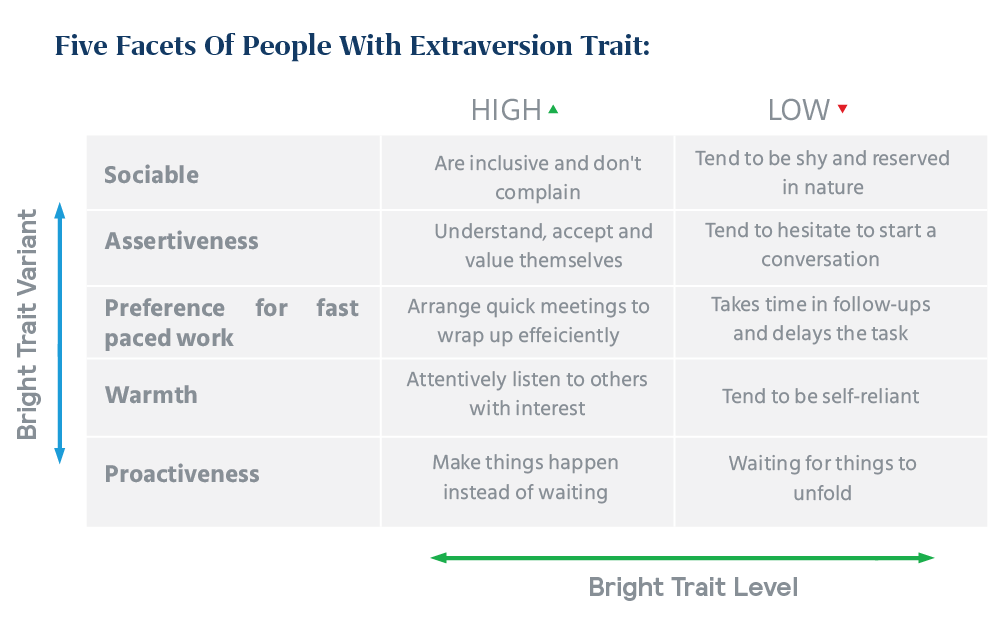






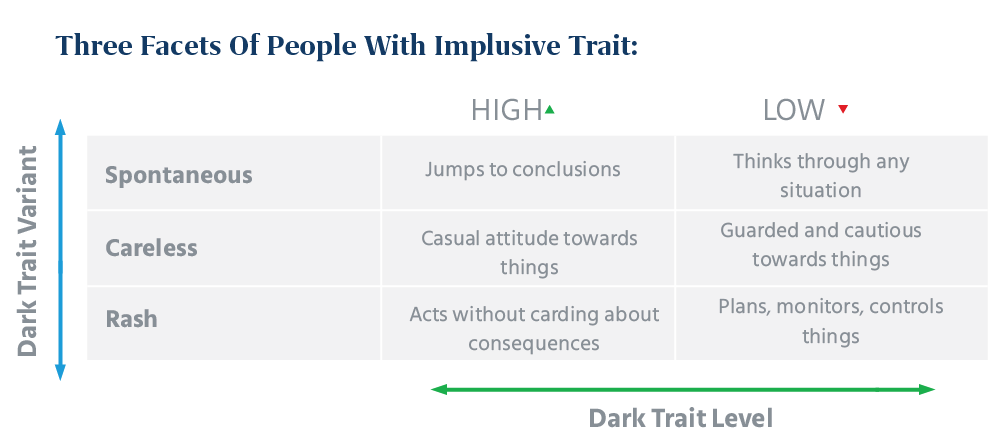




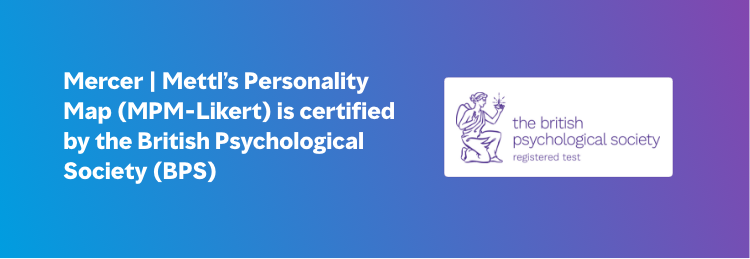
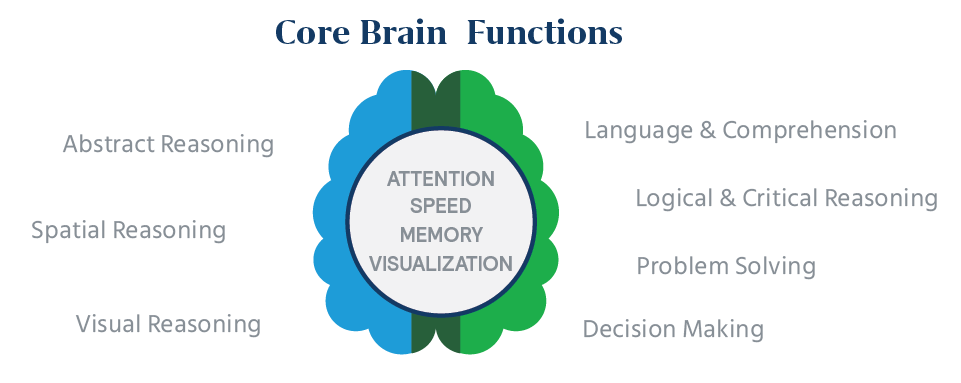






















Would you like to comment?